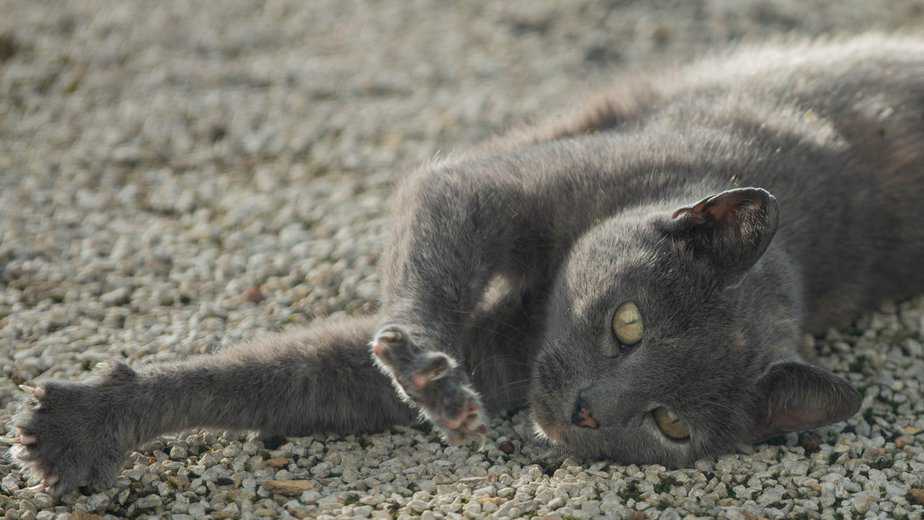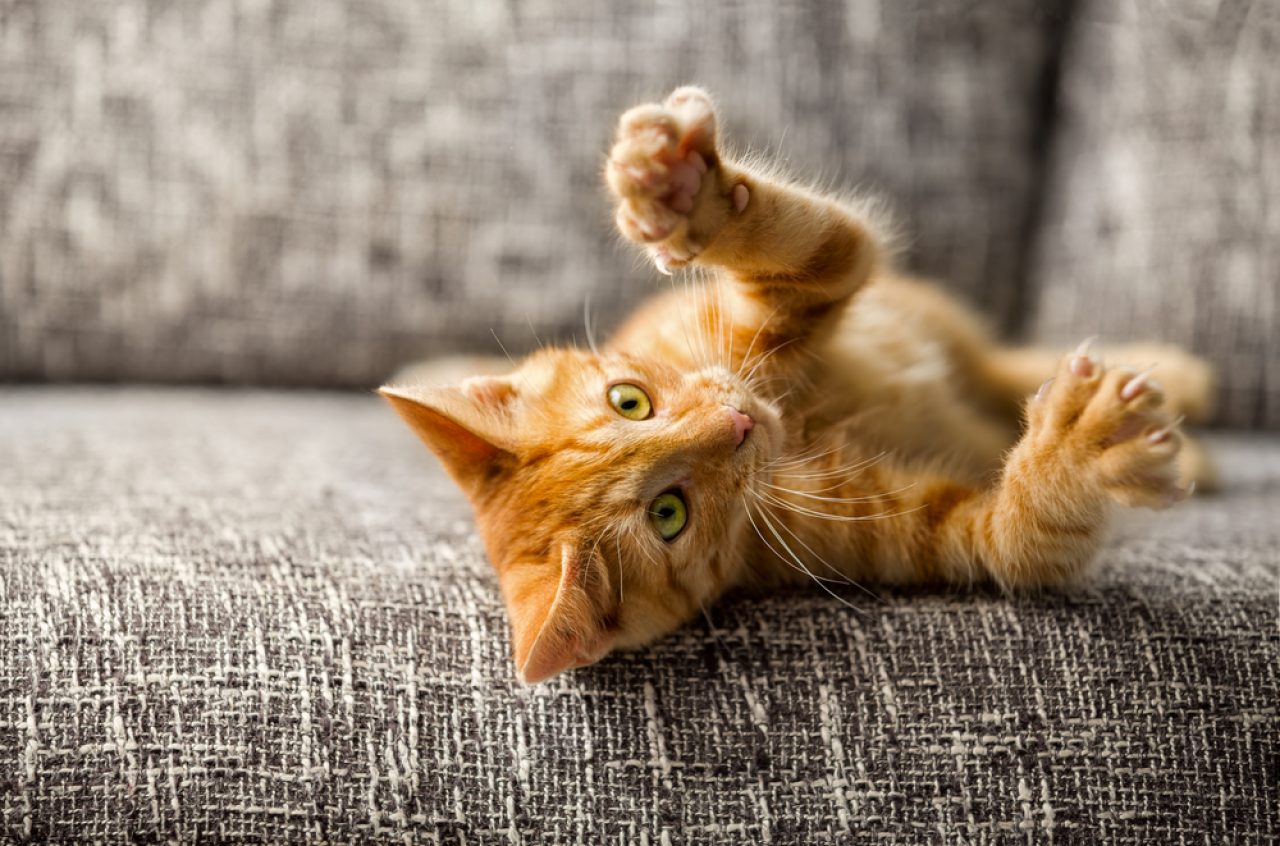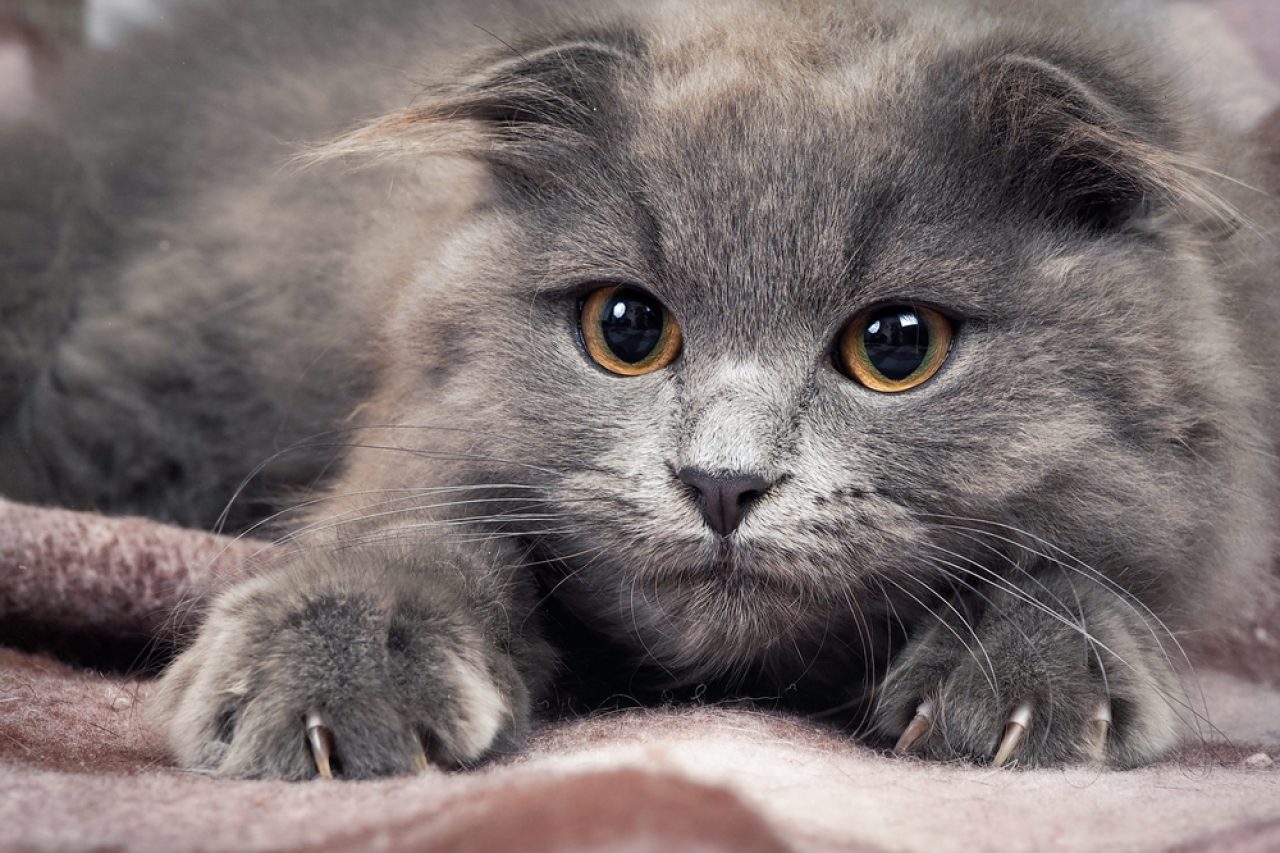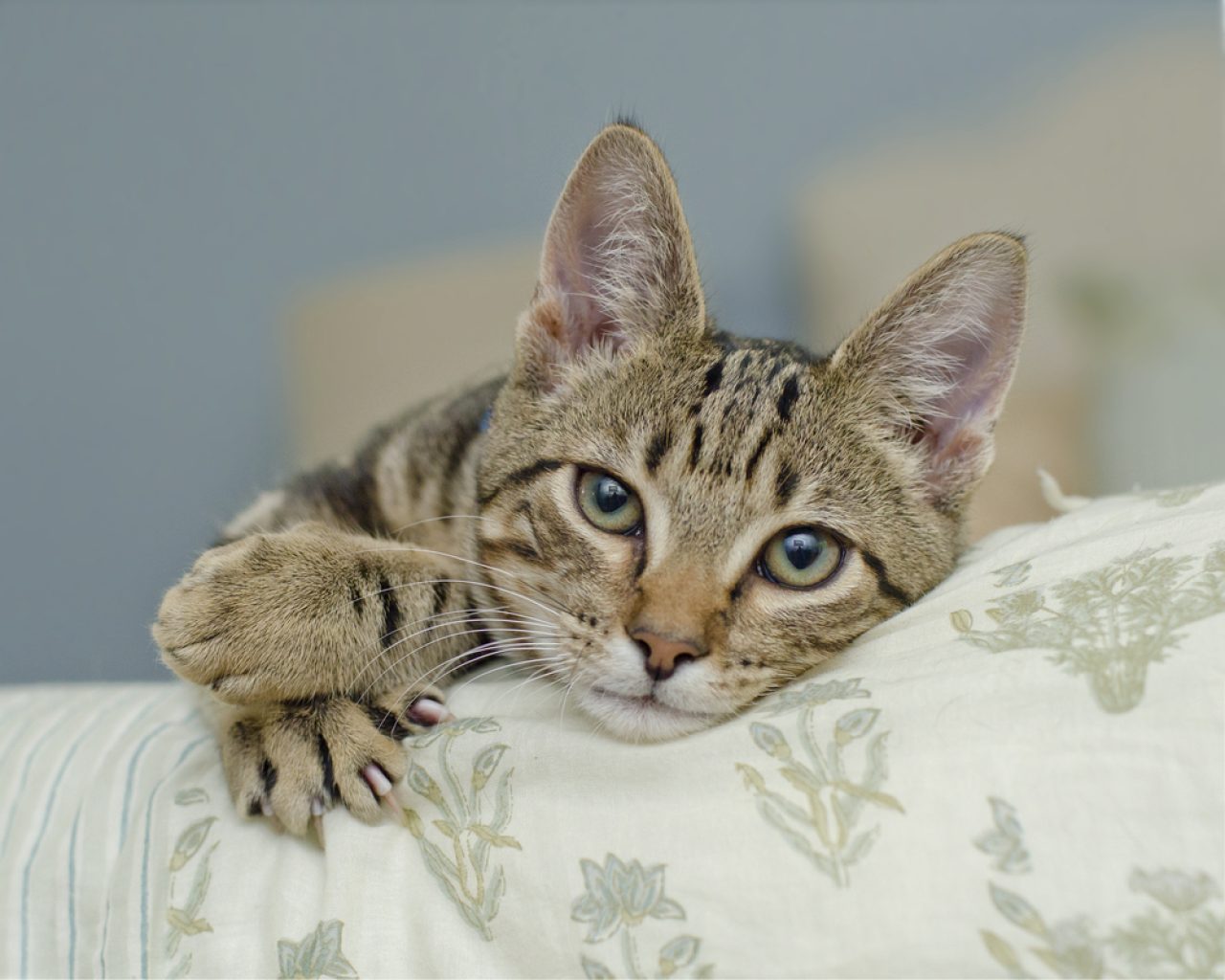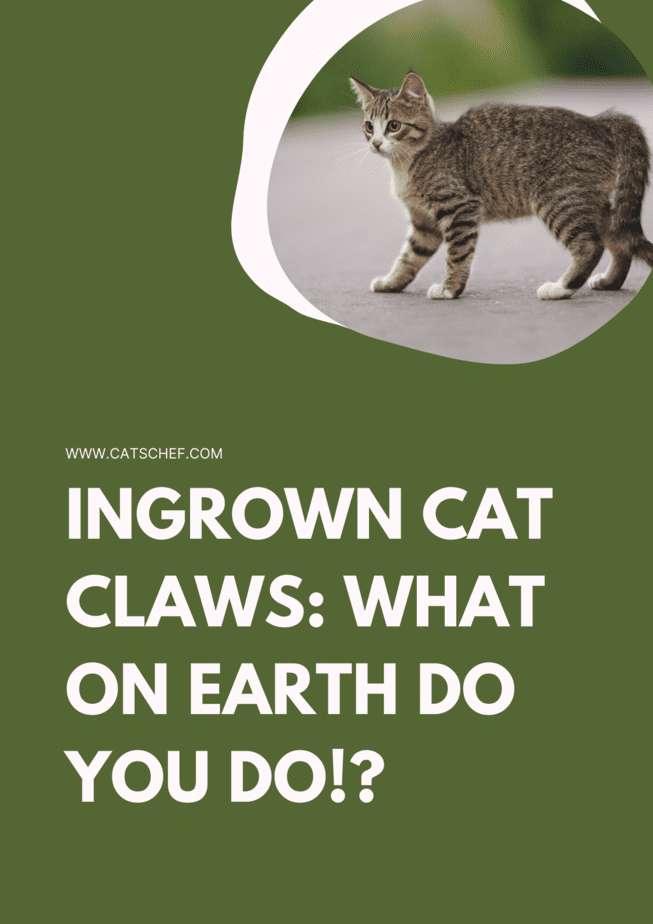📖 Table of Content:
First and foremost, there’s no reason for you to freak out! Ingrown cat claws have been a problem in the feline community for ages, and people have found ways to deal with them (successfully). Sure, some are questionable, but some are promising enough to know everything’s going to be OK.
Before we go any further, we have to ensure we’re on the same page regarding the whole “what on Earth do you do” thing. Do not declaw your cat! Cats are known for the fact that they can (and will) claw their way through your furniture, your clothes, and your eyes.
Considering how messed up that sounds, there’s nothing surprising about the fact that pet parents have been trying to figure out how to stop them from clawing at everything for decades.
Therefore, when you remember that your cat’s claws can also hurt her (when they become ingrown), you might be triggered to do something you’re bound to regret.
Sure, declawing your cat might make your life better (no more shredded sweaters and blood-spattered hands). But, she needs her claws.
Truth be told, without her claws, she can’t do some of the most basic, primary things. This includes hunting, stretching, climbing, protecting herself, and leaving her scent behind (marking her territory).
Not to mention how gut-wrenching, traumatic, and straight-up savage the whole process of removing each claw can be. Hence, declawing your cat shouldn’t be a thing when she’s dealing with an ingrown claw. Or when she’s acting up and scratching everything she can cat her claws on, for that matter.
Why do cats develop ingrown claws?
What do we know about a cat’s claws? First things first, cats have retractable claws (how cool does that sound?!).
Cats’ claws (and paws) help them hunt, grab or swat their prey, climb onto high places, and protect themselves from predators. And, when cats are resting, they keep their claws hidden away for as long as they don’t need them.
Now, a cat’s claws don’t really stop growing. And, that’s one of the reasons why a cat might suffer from an ingrown claw. More times than not, cats spend a lot of time sharpening and “filing” their claws. That’s what keeps them healthy, neat, and at an appropriate length.
But, there are times when a cat doesn’t have the means to sharpen her claws regularly. Of course, that happens with cats that don’t spend much time outdoors and don’t have proper scratching posts. Claws become too long, damage the skin, and become ingrown.
On the other hand, cats with long, luscious coats can have the same problem. They (or their owners) sometimes don’t even notice that they need to sharpen and shorten their claws.
And, we can’t forget about the dewclaws (claws that sit higher on the leg and don’t touch the surface) which become inflamed and ingrown more frequently than others.
How to check whether your cat’s suffering from ingrown claws?
Before anything happens, you might notice your cat’s claws becoming swollen and inflamed. During those early stages, ingrown claws push back against your cat’s skin and make her uncomfortable. Granted that you don’t trim your cat’s claws, the one claw that’s causing a scene will break through the skin and grow inside the paw’s flesh.
And trust me, the moment that happens you will know. First, your cat might start chewing, licking, and biting her paws. That’s because she’s trying to figure out what’s causing her that throbbing feeling.
Then, she might become protective, sensitive, (and ever aggressive) whenever you try to touch the area around her paws. And, after that, she might start bleeding from her swollen paws (and even limping).
Of course, the sooner you notice something’s wrong, the more time you have to react accordingly. On the off chance that you notice her claws starting to become ingrown at that early stage, you can go ahead and trim them.
But, when her paws start swelling and her claws bleeding, that’s when you schedule an appointment with your vet. Or, take her to the emergency animal center to check whether she needs emergency surgery. That’s right, that’s how serious these things can get.
How to treat ingrown claws?
We might have made things appear a little more serious and a little more frightening than they are. We can argue that much. A cat’s claws that become ingrown shouldn’t cause lasting damage after they’re taken care of.
Actually, the only time ingrown cat claws become a cause for concern seems to be when they go untreated for a very long time. If you notice your cat’s claws are swollen when you’re taking care of them, take her to your veterinarian for a checkup ASAP.
He’s probably going to shave the fluff around her claws and trim the ones that aren’t affected. He’s then going to flush and clean the wound to make sure there’s no gunk hiding underneath the area.
Now, he won’t touch the claw that’s causing the problem (to not make matters worse). But, he’s going to prescribe antibiotics to battle the inflammation and bandage her to ensure she doesn’t lick the wound. He might even put a little cone on her head (for that very purpose).
Other than that, he’s going to remove (or trim) the claw once he gets the opportunity. He’s probably going to prescribe Epsom salt soaks during the period while her claws are healing. And, he’s going to advise you to switch to “softer” litter while she’s getting better.
How to prevent ingrown claws?
Worry not, whether you have a fluffer that’s dealing with troublesome claws or you’re overthinking “what could happen if one day,” there’s always a way to prevent bad things from happening. Now, cat claws have a way of becoming a problem sooner or later.
But, the best way of dealing with your cat’s claws appears to be physical activity. Cats that spend a lot of time lounging around, taking endless naps, and doing pretty much nothing are more susceptible to suffering from ingrown claws.
But, outdoor cats have plenty of opportunities to scratch their claws on concrete, gravel, asphalt, and other abrasive surfaces. And, we know you’re thinking something along the lines of “that sounds super uncomfortable and unsafe.”
However, that’s not the case. Hence, cats continue grooming themselves, licking themselves clean, and scratching your furniture. What’s more, you can always provide your cat with a proper scratching post. This will ensure she’s got everything she needs to keep those claw problems at bay.
Of course, when you add “trimming my cat’s claws every 4 to 6 weeks” to the list, you won’t have much else to do. Regular checkups, planning the grooming sessions, and keeping an eye on those dewclaws should do the trick – good luck!
